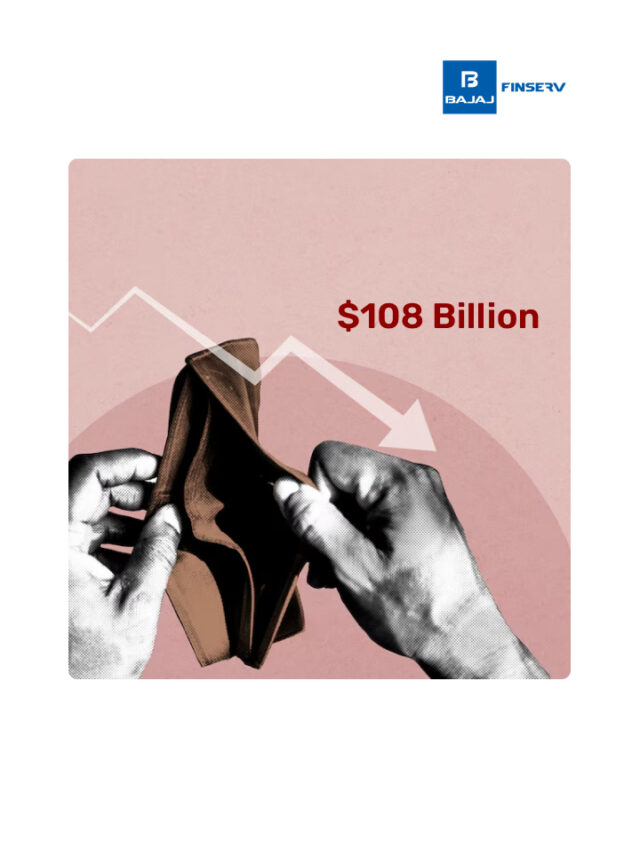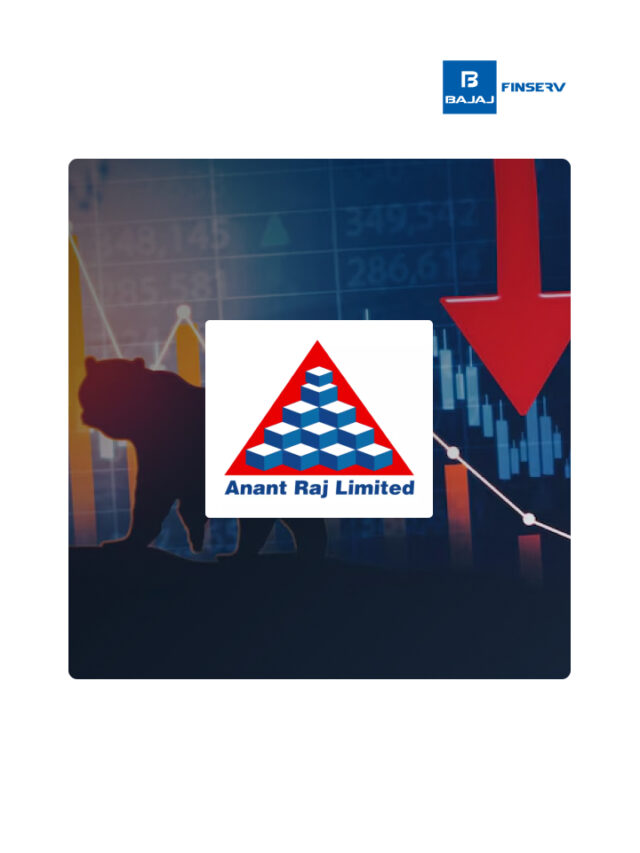Capital Gain Index: Table and Indexation Explained
Last Updated on December 19, 2023 by BFSLTeam BFSLTeam

The buying power of money, or the amount of goods that can be purchased with one unit of currency, declines over time as a direct result of increasing prices across the board. If today you could buy two units of an item for ₹300, next year you may only be able to buy one unit for that price (assuming inflation stays the same).
The Cost Inflation Index (CII) measures the yearly percentage increase in the cost of goods and assets that may be attributed to inflation. To grasp the concept of capital gain index, one must first be familiar with the concept of capital gain and its primary associated concepts.
Capital gains are any profits made from the sale of an asset that may be considered a long-term investment. If desired, the profits from these types of transactions may be invested in various assets, including real estate and equities. Gains on the sale of capital assets may either be long-term or short-term, depending on the length of time that the asset was held before being sold.
Those who hold onto their stocks, bonds, preference shares, UTI units, and equity bonds for more than a year have long-term capital assets. Other types of long-term capital assets include zero-coupon bonds, equity bonds and preference shares. In addition to these assets, we consider any additional assets held for more than three years to be long-term assets.
These long-term revenues would be categorised as long-term capital gains and liable for a kind of tax known as a capital gain tax. When determining the number of capital gains that will be obtained from the sale of an asset in the future, individuals will need to adhere to a method known as the capital gain index calculation.
Table of Content [hide]
What is Indexation?
Indexation is a systematic procedure that allows people to safeguard their profits from the eroding effects of taxes. With the assistance of a price index, people can alter the investment cost to account for inflation, thanks to the procedure.
The indexation process involves considering the frequency with which inflation occurs in the financial market. It allows people to adjust the pricing of their assets upwards so that they can account for the effect of inflation over the years.
Investors not only learn to account for the rate of inflation thanks to indexation, but they also learn how to reduce the amount of taxes they owe due to this practice. It will directly assist investors in preventing the degradation of their financial gains.
When it comes to mutual funds, the function played by the Cost of Inflation Index in helping to index the cost of purchase is very important. As a result of this, investors must get acquainted with the notion of the Cost of Inflation Index.
Concept of Cost Inflation Index and Capital Gain
The annualised inflation rate has a history of generally increasing over time. Because of this, taking into consideration the same factor when attempting to construct an index cost for capital gain and predicting one’s tax obligation is a prudent option that should be made.
In most cases, the Cost Inflation Index, sometimes called the CII, is a gauge of inflation. The most recent version of the Cost Inflation Index compiled by the Indian government is used in the computation of the Long-Term Capital Gain Index. When calculating capital gain, it is helpful to determine the index cost.
To put it another way, Individuals need to determine the indexed cost of the item in issue to compute the long-term capital gains they have accrued.
For a prospective seller, the cost of acquiring their property would need to be multiplied by the cost inflation index established for the current fiscal year (when the transfer is to be made).
After that, the obtained numerical value needed to be divided by the CII number established for the year the item was purchased.
Take, for instance:
The indexed cost of acquisition would be calculated as follows: If Mr. X purchased a residential property on August 7, 2004, for the price of ₹30 Lakh, and then sold it on April 6, 2018, for the price of ₹85 Lakh, the indexed cost of acquisition would be:
(Cost of acquisition multiplied by CII at the time of sale)/CII paid for the asset when it was acquired
(₹ 30 Lakh x 280)/113 = 74.33 Lakh. As a result, the profit on investment would be (85 – 74.33) Lakh, which is ₹ 10.67 Lakh
The table of cost inflation indices found below can be used to assist in the calculation of the index cost for capital gain.
In addition, it will assist in determining the variance in the rate of inflation that has presided over our economy for the better part of a decade.
| Financial Year | Capital Gain Index |
| 2001-02 | 100 |
| 2002-03 | 105 |
| 2003-04 | 109 |
| 2004-05 | 113 |
| 2005-06 | 117 |
| 2006-07 | 122 |
| 2007-08 | 129 |
| 2008-09 | 137 |
| 2009-10 | 148 |
| 2010-11 | 167 |
| 2011-12 | 184 |
Benefits of Indexation in a Nutshell
Indexation is a method that may be used to alter the purchase price of an investment so that it more accurately reflects the impact that inflation has had on the investment. A higher purchase price results in fewer earnings, which, in turn, results in a lower effective tax rate.
You will be able to reduce your long-term capital gains with the assistance of indexation, which will reduce the amount of income subject to taxation. Compared to traditional fixed deposits, debt funds are seen as a superior choice for earning a fixed income due to indexation, making them an attractive alternative investment (FDs). Indexation transforms the risky investing business into a game where everyone emerges ahead.
The Cost Inflation Index provided by the government may be used to calculate the inflation rate applied to indexation (CII). The values included in the index are decided by the Central Government and are regularly updated on the income tax department’s website. The Cost Inflation Index is available for viewing starting in 1981 and going forward.
Capital Gain Exemptions Concerning Residential Property
This is a breakdown of who is excluded from paying capital gains tax. If you sell your primary residence, you won’t have to pay tax on the profit you make. The proceeds must be utilised to buy another home to qualify for the tax break.
Capital gains from the sale of any asset are not taxed under Section 54F, if you buy a new home with its proceeds. Gains from the sale of real property are not subject to taxation under Section 54EC. Some of the proceeds from the sale are also used to buy bonds. These bonds are issued by India’s Rural Electrification Corporation or National Highways Authority of India (NHAI) (REC). The tax exemption is not effective until all conditions are satisfied.
Frequently Asked Questions
The “Cost Inflation Index (CII)” for the Financial Year 2023–24 (Assessment Year 2024–25) will be 348, as stated by the CBDT. This is an increase from the 331 previously announced for the past Financial Year 2022–23.
It is usual to multiply the initial cost of acquisition by the Cost Inflation Index (CII) of the year of sale and then divide that result by the CII of the year of acquisition when attempting to determine the indexed cost of acquisition for capital gains.
The formula reads as follows:
Indexed Cost of Acquisition = (Cost of Acquisition * CII of the Year of Sale) / CII of the Year of Acquisition
The amount of capital gain that is exempt from taxes is determined by an array of factors, including the type of asset, the length of holding, and any applicable tax exemptions. For instance, there might be exclusions for residential property under Section 54 of the Income Tax Act, which permits tax-free capital gains if the money is used to buy another residential property. The particular tax-free amount may vary, thus it’s critical to speak with tax professionals or examine the most recent tax regulations for information specific to your specific situation.










